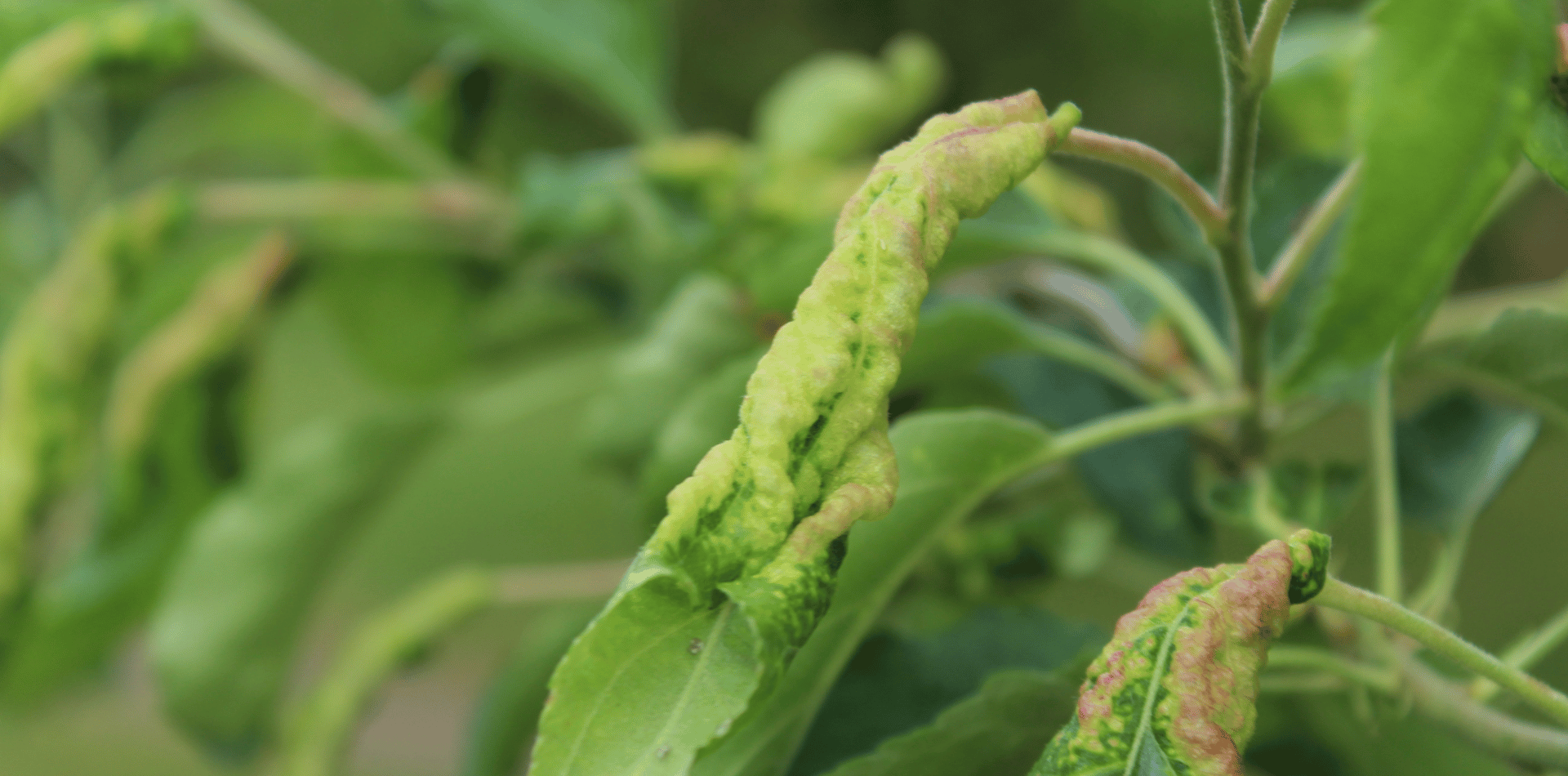Can you remove a tree stump using Epsom Salt?
Removing a tree stump using Epsom Salt.
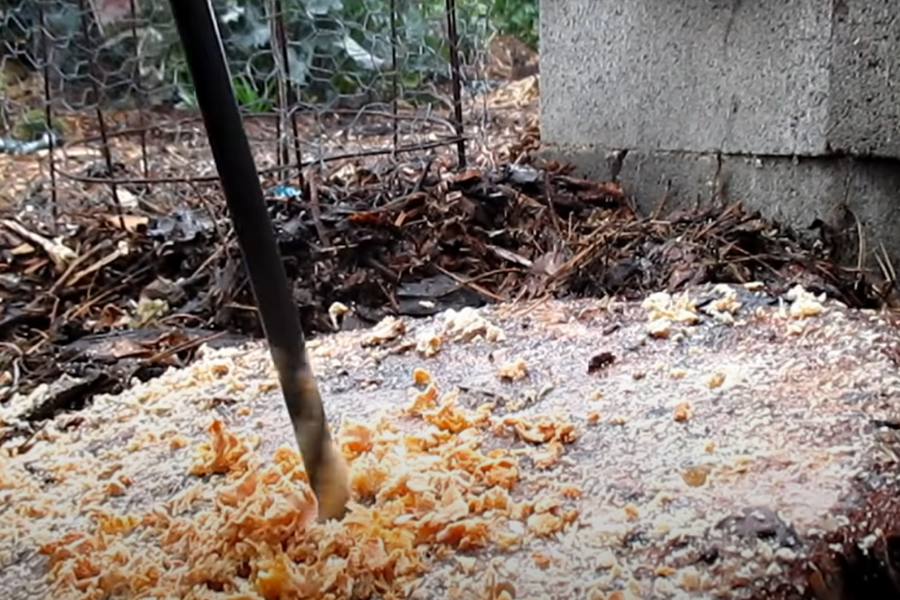
You can use Epsom salt (magnesium sulfate) to remove a tree stump.
Epsom salt is a natural, inexpensive, and effective method for stump removal, though it takes longer than chemical stump removers or mechanical removal methods.
Here's a basic guide on how to use Epsom salt for tree stump removal:
Drill Holes in the Stump:
Start by drilling several holes into the stump. The holes should be about 20 - 25 mm (8-10 inches) deep and spread across the surface of the stump. The wider and deeper the holes, the more effective the treatment will be.
Fill the Holes with Epsom Salt:
Pour Epsom salt into the holes. Try to fill them as much as possible. Epsom salt works by drawing moisture out of the stump, which eventually kills the stump's remaining root system.
Add Water to Moisten the Salt:
After filling the holes with Epsom salt, add just enough water to moisten the salt. This helps the salt dissolve and start to absorb into the wood.
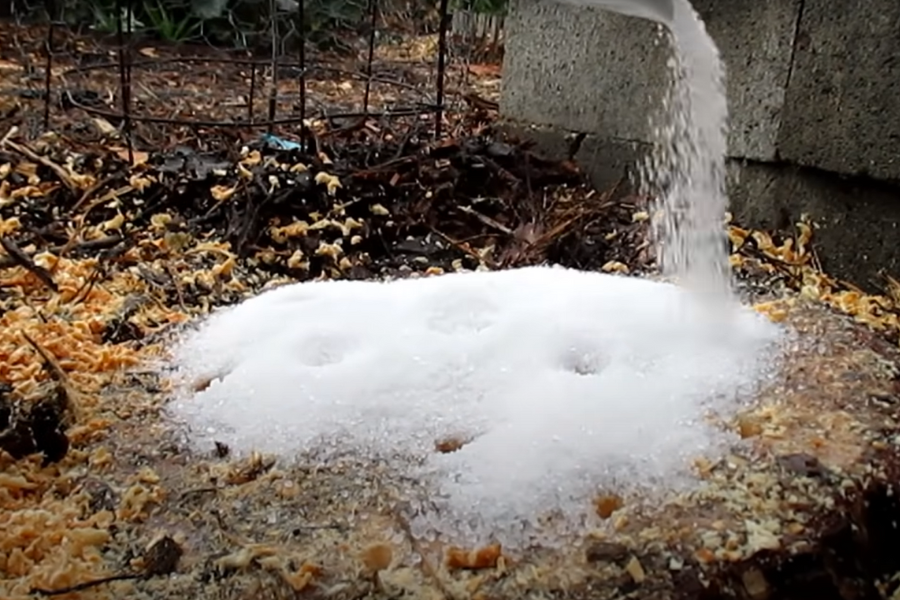
Cover the Stump:
Cover the stump with a tarp or plastic sheet. This helps to keep the Epsom salt in place and retains moisture, speeding up the decomposition process.
Reapply as Needed:
Over time, the stump will start to decompose. You may need to add more Epsom salt every few weeks to continue the process.
Monitor and Remove the Stump:
It can take several months to a year for the stump to fully decompose. Once it's sufficiently rotted, you can break it apart easily and remove it from the ground.
This method is more suitable for smaller stumps and requires patience, as it's a slow process compared to other methods. It's also environmentally friendly, as Epsom salt won't harm the surrounding soil or plants.


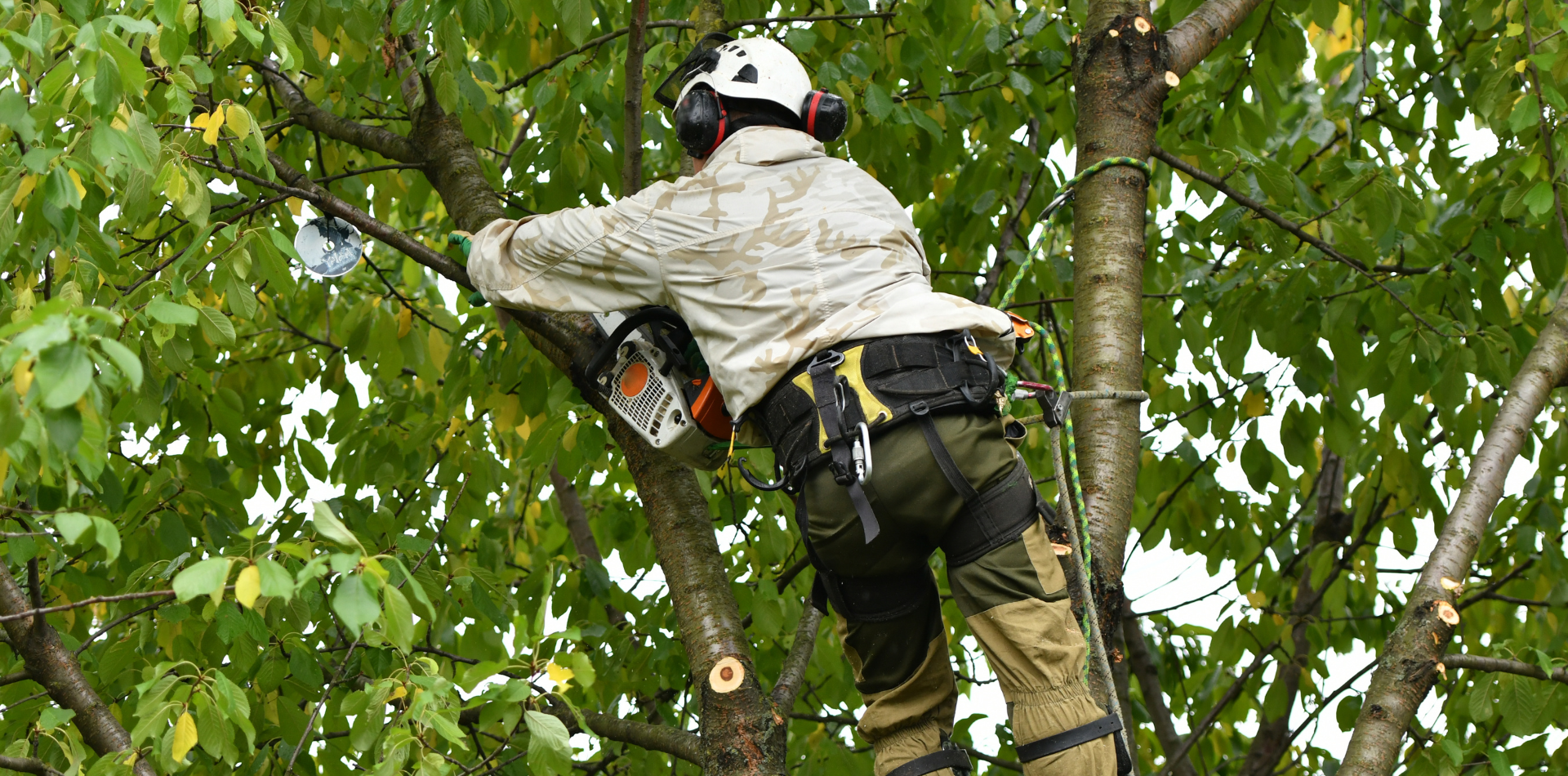


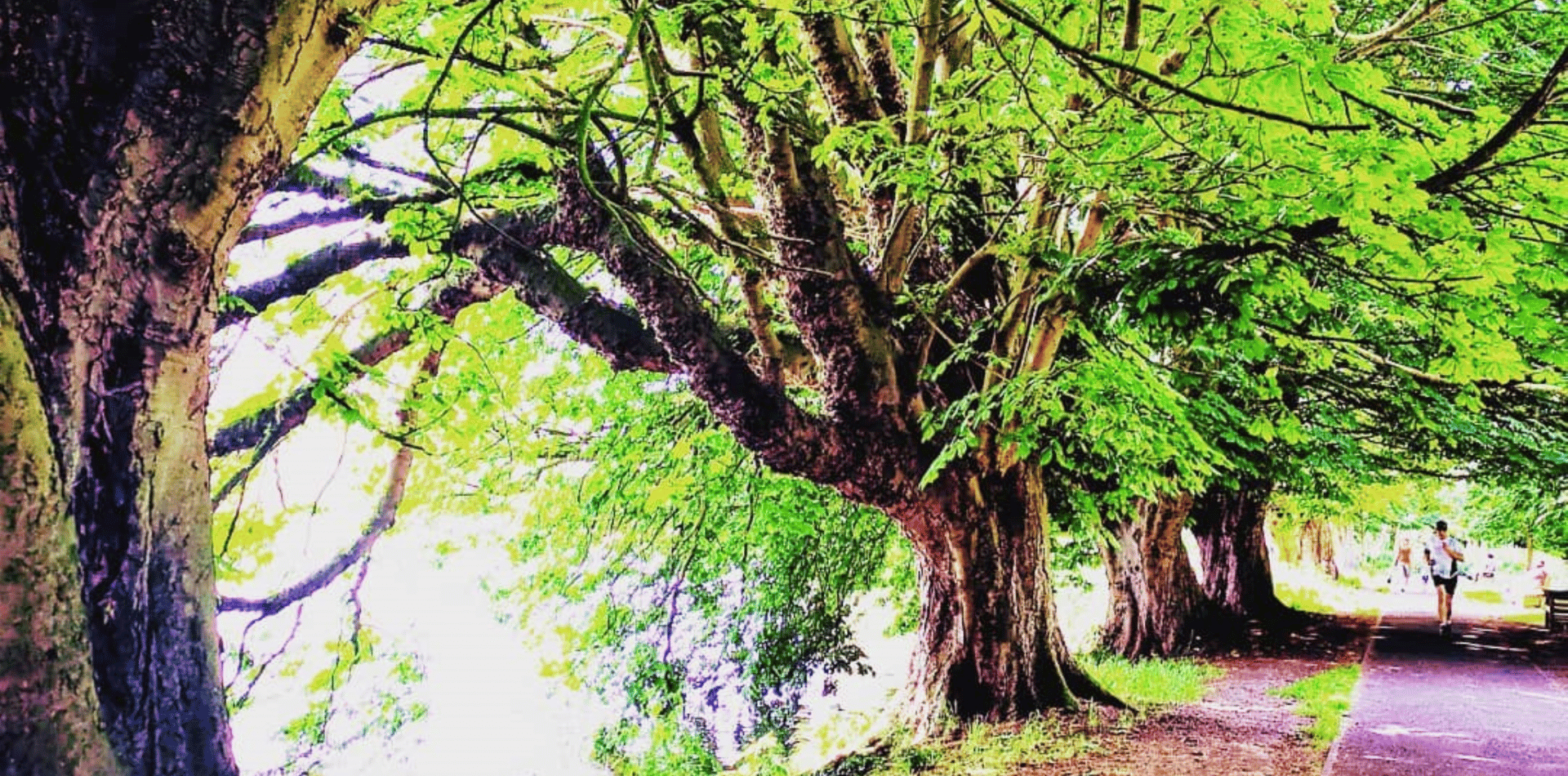
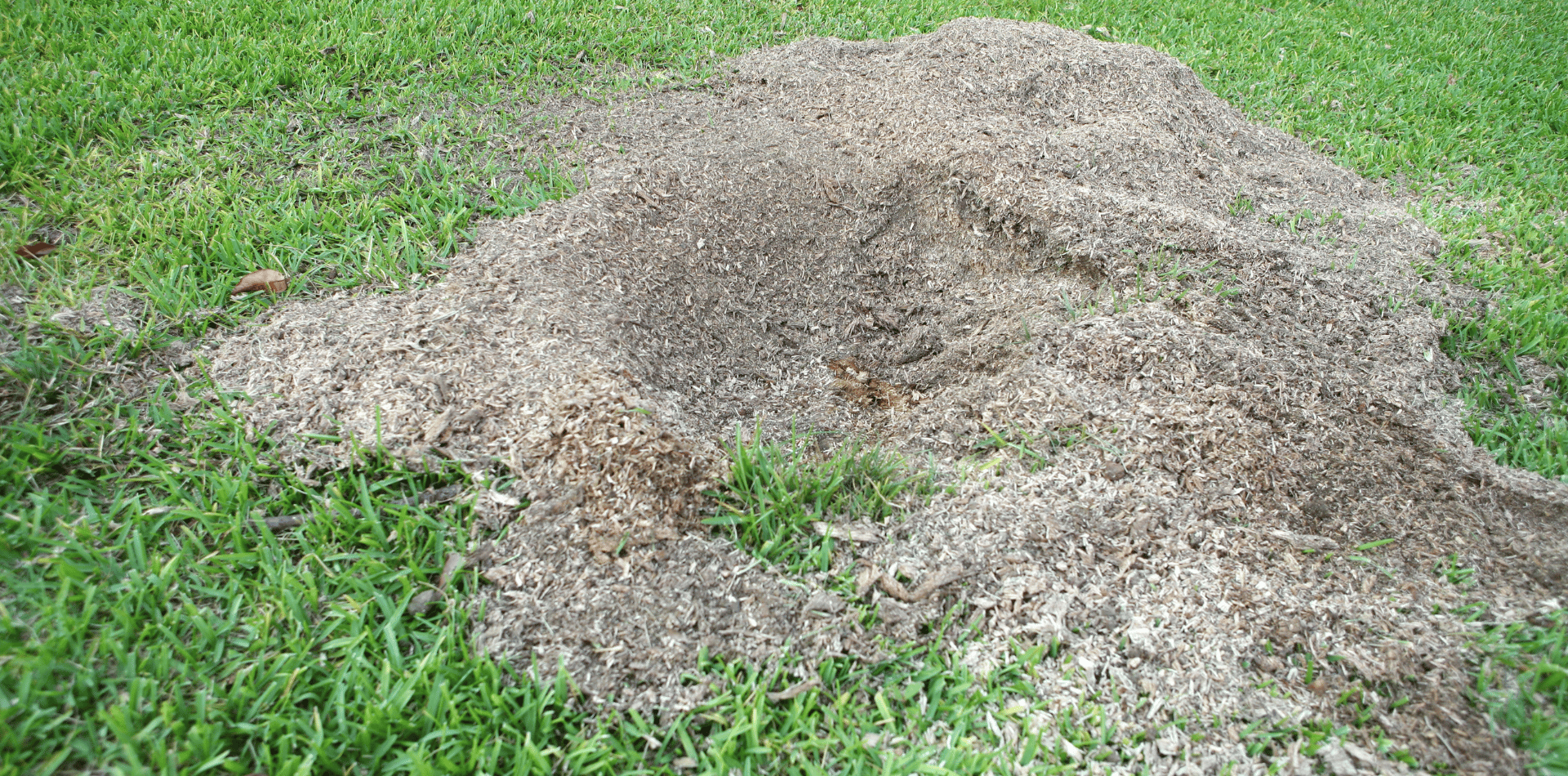
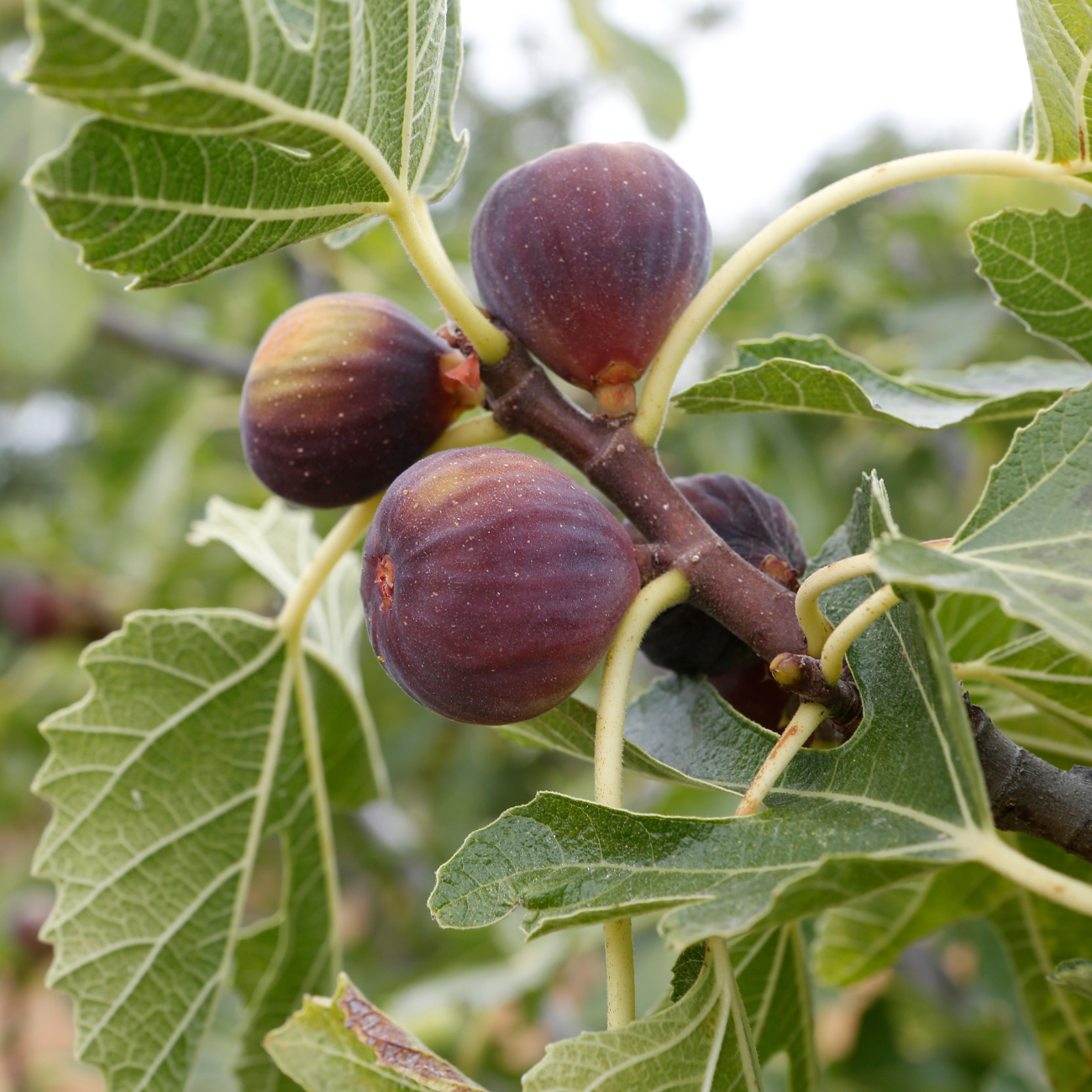

Contact
Kaptol Tree Removal Newcastle
A Member of the Kaptol Group
Powered by Kaptol Media

